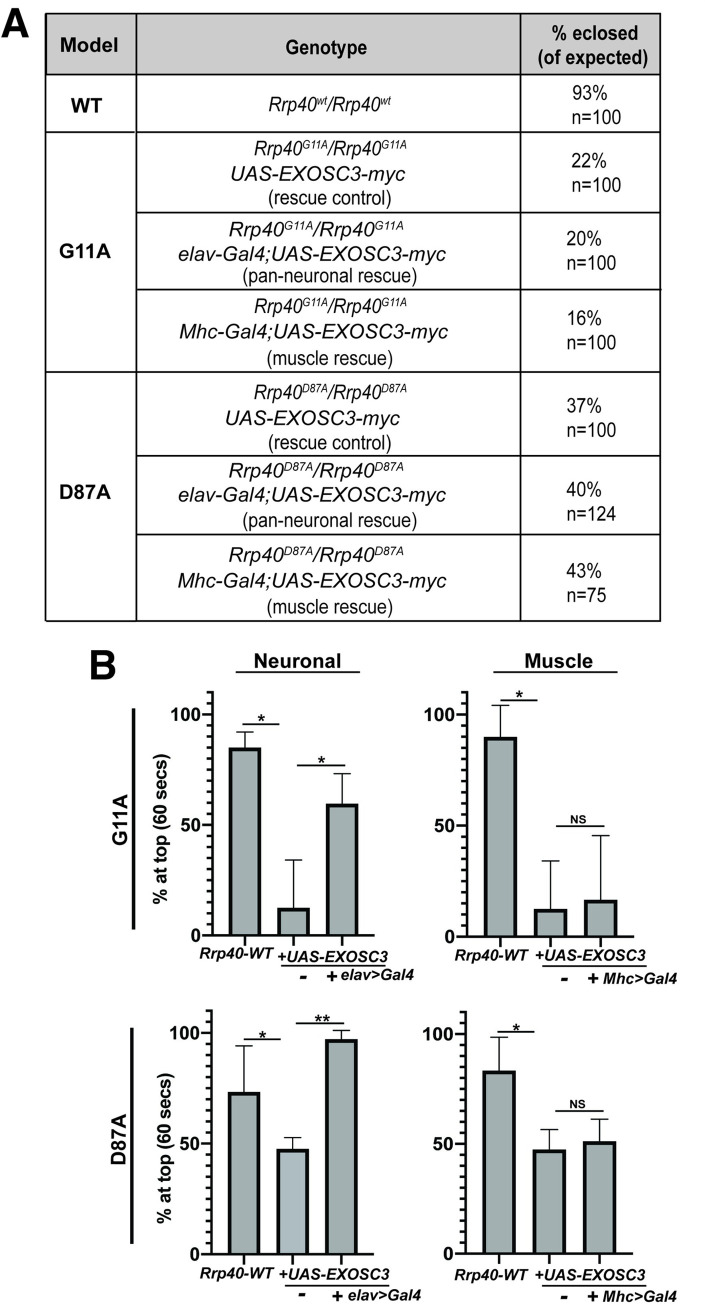Fig 6. Locomotor defects in Rrp40 mutant flies are rescued by neuronal expression of human EXOSC3.
(A) Transgenic flies that express myc-tagged human EXOSC3 under a UAS were generated as described in Materials and methods. The percentages of flies eclosed (of expected) for the indicated genotypes which include flies with transgenic EXOSC3, but no driver (rescue control), flies with the UAS and a pan-neuronal driver (elav) (pan-neuronal rescue), or the UAS and a muscle driver (Mhc) are shown for each Rrp40 mutant. (B) Locomotor assays were employed to assess whether expression of human EXOSC3 rescues behavioral phenotypes in Rrp40 mutant flies (G11A/G11A or D87A/D87A) in either neurons (elav) or muscle (Mhc). Data are presented as the average percentage of flies that reach the top of a cylinder after 60 seconds across all trials. Groups of 10 age-matched flies (Day 6) were tested for at least three independent trials per genotype. Results are shown for control Rrp40-WT flies as compared to either Rrp40G11A (G11A/G11A, top) or Rrp40D87A (D87A/D87A, bottom) homozygous flies that either do not express human EXOSC3 (-) or do express human EXOSC3 (+Gal4) in either neurons (elav) (Neuronal, left) or muscle (Mhc) (Muscle, right). Values represent the mean ± SEM for n = 3 independent experiments. Asterisks (*) indicate results that show statistical significance at *p-value < 0.05; **p<0.01. Results that show no statistical significance when compared are indicated by NS.

